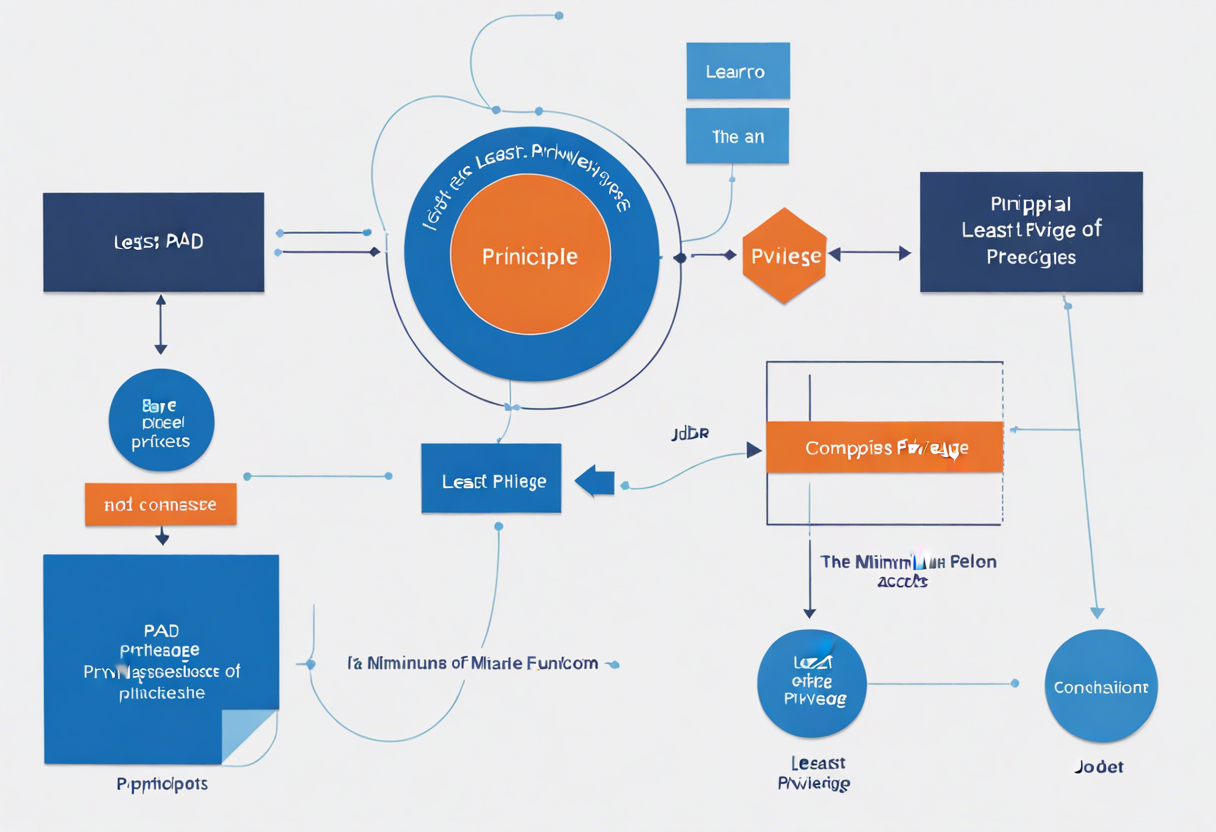Journey into the Five Key Aspects of Zero Trust IAM: A Comprehensive Guide
The Zero Trust model breaks away from traditional security methods by subscribing to the ideology "never trust, always verify". In the realm of Identity and Access Management (IAM), this means that no user, whether inside or outside the network perimeter, is automatically trusted. Instead, each user's identity needs to be verified before granting them access to resources. The Zero Trust IAM focuses on eliminating implicit trust, thus diminishing the likelihood of any security breaches. This eradication of the concept of trust from our security methods forms the core of the Zero Trust IAM model.
Principle of Least Privilege

The Principle of Least Privilege (PoLP) is a crucial element of the Zero Trust IAM model. It dictates that users are given the bare minimal access rights they need to perform their job functions. This dramatically reduces the potential damage that can arise from a security compromise, as users only have access to limited data and systems. By implementing PoLP, organizations ensure that a single compromise does not lead to a network-wide security failure.